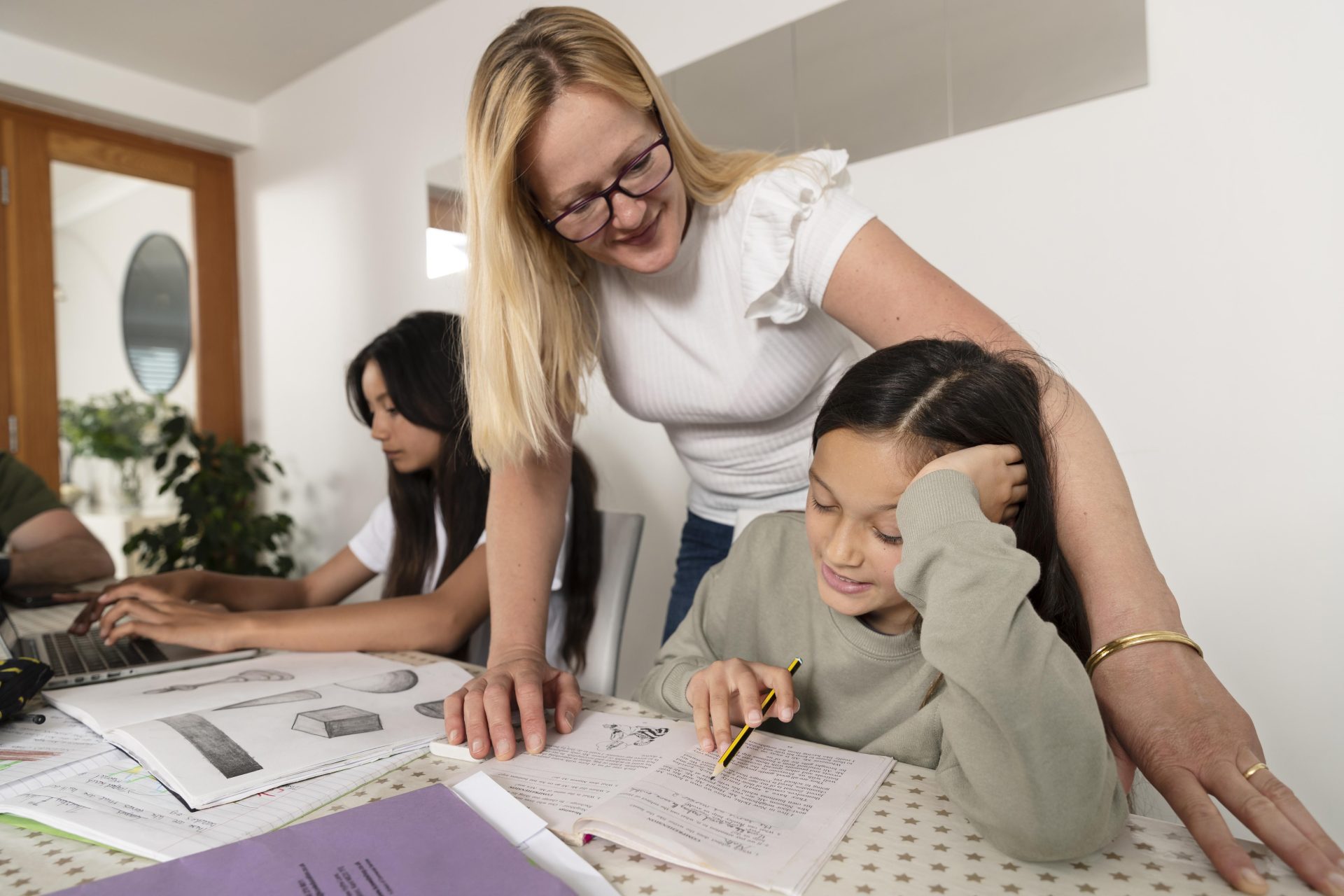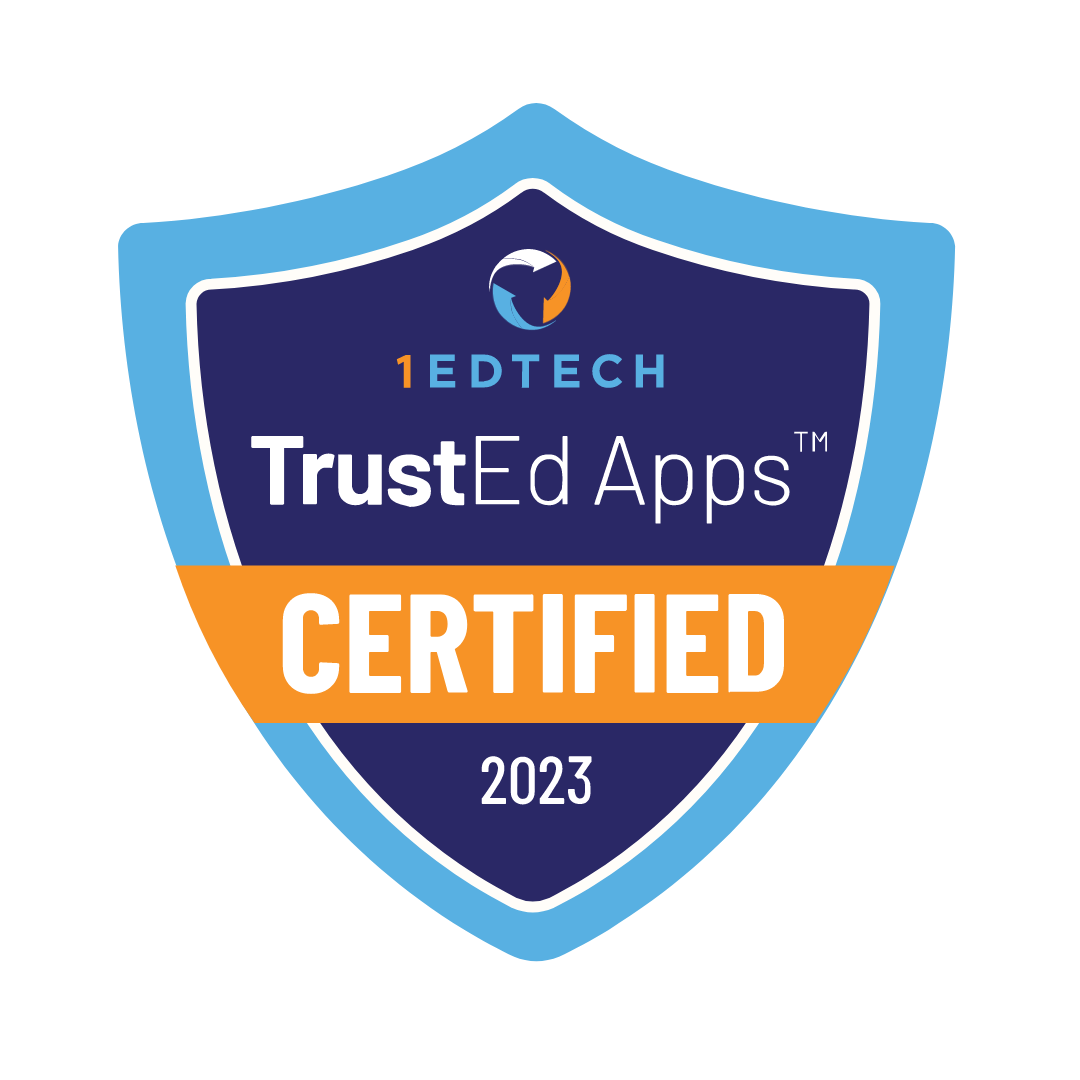Contents
- 1 What Is Included in an 8th Grade Language Arts Homeschool Curriculum?
- 2 How to Create Effective Lesson Plans for 8th Grade Language Arts?
- 3 What Are the Best Resources for 8th Grade Language Arts Homeschooling?
- 4 How to Assess Progress in 8th Grade Language Arts?
- 5 What Common Challenges Do Homeschoolers Face in 8th Grade Language Arts?
“Handbook of Research on Teaching the English Language Arts” by Lapp and Fisher explains how literacy engagement helps close socio-economic gaps. Students show big improvements in reading when teachers use structured, motivation-focused methods.

The 8th Grade Language Arts homeschool curriculum and lesson plans outline how education for 8th graders will take place. Teachers and parents need to understand certain details to guarantee the learning process is balanced and successful for the children.
What Is Included in an 8th Grade Language Arts Homeschool Curriculum?
Let’s take a look at what is included in such a curriculum.

Key Components of Eighth Grade Language Arts
An 8th grade Language Arts curriculum aims to teach kids the basics. Students work on more advanced reading skills, focusing on intonation and pronunciation. Kids write more complex texts using advanced grammar. Each student moves closer step by step to understanding and using the language at a native level.
Essential Grammar and Punctuation Concepts
Such a curriculum teaches kids to use more advanced concepts. Grammar concepts emphasize the importance of proper sentence structure, introduce more complex word constructions, and explain how to use them correctly in sentences. Punctuation concepts focus on working with commas, periods, and other markers to structure sentences effectively.
Vocabulary and Critical Thinking Development
Kids learn new words, expand their vocabulary, and practice using them actively. Students work with different texts, engage in discussions, and this appeals to their sense of analysis and thinking. Children improve their logical and critical thinking skills through these activities.

How to Create Effective Lesson Plans for 8th Grade Language Arts?
Here are some tips to make an 8th-grade language arts curriculum successful.

Strategies for Structuring Eighth Grade Language Arts Lessons
Each lesson should begin with a clear goal. This goal could be studying a specific topic. Goals help follow a structured plan and make progress step by step. Learning should involve a variety of materials, such as lectures, video lessons, and more. Different materials provide more knowledge and help students get used to a diverse learning approach.
Incorporating Assignments and Assessments
A structured approach helps students achieve their best results. This approach ensures students have clear assignments and specific evaluation criteria. Assessment helps kids identify their weaknesses and work on improving them.
Using an Answer Key for Progress Tracking
Answer keys are a way to stay on track. Answer keys help check if a student’s answer is correct and show the right direction to think if it’s hard to find the correct one. Kids do independent work and think through problems before using an answer key to develop skills and build stronger abilities.
What Are the Best Resources for 8th Grade Language Arts Homeschooling?
“While our public school kids seem to be falling through the cracks in America, homeschool kids seem to be soaring academically and socially”
Alex Clark, Forbes

Families use these resources to help children with their learning.
Recommended Language Arts Textbooks and Workbooks
Students and parents choose what they like best and follow general principles. These principles state textbooks and workbooks should be creative and use simple language to make the material easy to understand. A creative approach helps students feel more inspired and motivated.
Online Tools and Websites for Language Arts Instruction
Legacy Online School provides an online platform, resources, and experienced teachers to help children learn language arts enthusiastically. Many families work with us for years and recommend our school to their friends. Contact our team to learn how we can support your children.
Supplemental Materials for Vocabulary and Spelling
Extra materials help students achieve their best results and enjoy learning. Standard materials can be boring, but kids can find more gamified and engaging supplemental resources. Students use materials like books or different online tools to expand their vocabulary and improve their spelling.
How to Assess Progress in 8th Grade Language Arts?
Students can track their successes and problems to adjust the learning approach when needed. We’ll share some tips on how kids can achieve this.

Effective Methods for Evaluating Language Arts Skills
Knowledge checks should be small and focused, using quizzes or short tests after each topic to ensure students have understood the material. More comprehensive assessments, such as detailed quizzes or essays, should be done after completing an entire module. Periodic selective reviews covering all previously learned topics help reinforce knowledge and guarantee long-term retention.
Using Quizzes and Tests to Measure Understanding
Quizzes and tests after each topic are a great way to check how well the material was understood. These quizzes and tests after covering several new topics helps reinforce earlier lessons. The advantage of this approach is it can be done in a game format, which helps keep kids interested.
Creating a Portfolio for Language Arts Work
A portfolio is an excellent way to boost a student’s motivation and track their progress. This portfolio showcases the student’s best work, allowing them to set a standard for themselves and strive for even better results. This approach also reinforces a reward system by highlighting kids’ achievements, showing they’ve done a great job and worked hard.
What Common Challenges Do Homeschoolers Face in 8th Grade Language Arts?
Here are some common problems almost every student faces and tips on how to overcome them.

Addressing Learning Gaps in Language Arts Skills
Some students struggle with learning grammar. These students focus more on grammar and use materials in a format they find easier to understand. Other kids face challenges with reading or writing. Such students can benefit from engaging and fun practice. Kids can get this kind of practice by using different online tools.
Motivating Eighth Graders to Engage with Language Arts
Many children lose interest quickly if a subject is taught in a repetitive and boring way. Teachers and parents try to present the material creatively to prevent this from happening. Setting small goals and achieving them helps students feel better and boosts their motivation. Adding variety to lessons through hands-on practice and visits to places related to the topic brings diversity to the learning and rekindles children’s love for learning.
Balancing Curriculum with Student Interests
Learning doesn’t have to be useful and boring. A Language Arts program can be designed in a way taking students’ interests into account. Kids will approach learning with enthusiasm in this case. Teachers and parents can use different strategies to achieve this. One example is planning visits to places related to the topics being studied, interesting to the students.











